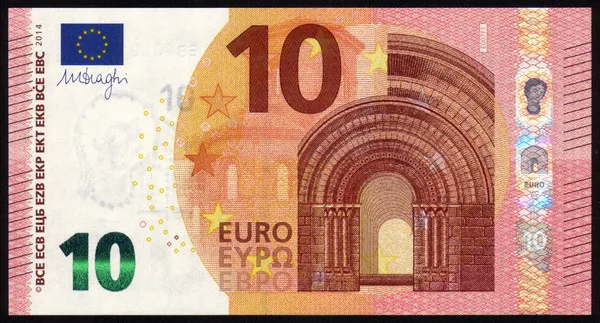The European Central Bank (ECB) stands as a pillar of stability in the Eurozone, playing a pivotal role in shaping the region’s monetary policy. As one of the most influential financial institutions globally, understanding the ownership structure of the ECB is crucial. In this article, we delve into the intricate web of ownership to shed light on the key stakeholders and their roles in steering the ECB’s course.
Establishment of the ECB: A Brief Overview
The ECB was established in 1998 as the central bank for the euro, the official currency of the Eurozone. It was created to maintain price stability and preserve the purchasing power of the euro, ultimately contributing to the economic well-being of Eurozone nations.
Key Functions of the ECB
Before delving into ownership, it’s essential to grasp the primary functions of the ECB. These include conducting monetary policy, issuing euro banknotes, and promoting the smooth operation of payment systems. Understanding these functions sets the stage for comprehending the diverse ownership dynamics at play.
Share Capital and Subscription: Who Holds the Reins?
The ECB’s capital is divided into shares, and member countries subscribe to these shares based on their economic size. However, the ownership of these shares doesn’t necessarily translate into control over the ECB’s decision-making processes. The nuances of power and influence go beyond a simple majority rule.
National Central Banks: Proxies of Sovereign Power
National central banks (NCBs) play a pivotal role in the ownership structure of the ECB. While member countries hold shares, it is their respective NCBs that wield substantial influence. NCBs participate in the decision-making processes, ensuring a link between the ECB and the sovereign nations.
Governors’ Council: A Confluence of Expertise
The Governors’ Council, consisting of the six members of the Executive Board and the governors of the national central banks, represents a confluence of expertise. This body shapes the policy decisions of the ECB, emphasizing the collaborative nature of ownership within the institution.
Executive Board: Operational Decision-Making
The Executive Board, composed of the President, Vice President, and four other members, holds executive powers within the ECB. This body is responsible for implementing monetary policy decisions, further illustrating the intricate balance between centralized decision-making and national influence.
The President: A Key Player in Monetary Policy
The President of the ECB holds a pivotal role in shaping the institution’s direction. Appointed by European leaders, the President plays a crucial part in representing the ECB on the global stage and communicating monetary policy decisions to the public.
Independence: A Balancing Act
The ECB is designed to operate independently to ensure effective decision-making without political interference. While member countries have a say in the governance structure, the independence of the ECB safeguards its ability to pursue its mandate of price stability without succumbing to short-term political pressures.
The General Council: A Forum for Dialogue
The General Council comprises the President and Vice President of the ECB and the governors of all member countries. It serves as a forum for communication and coordination between the ECB and national authorities, fostering a sense of shared responsibility in the management of the euro.
Accountability and Transparency: Building Trust
To maintain credibility and public trust, the ECB emphasizes accountability and transparency. Regular reports, press conferences, and publications contribute to a better understanding of the institution’s decision-making processes, making ownership more transparent to the public.
Conclusion:
In conclusion, unraveling the ownership structure of the ECB reveals a complex interplay between member countries, national central banks, and key decision-making bodies. The delicate balance between independence and collaboration ensures that the ECB can effectively pursue its mandate of maintaining price stability while considering the diverse interests of the Eurozone nations. Understanding this intricate web of ownership is essential for anyone seeking insights into the dynamics shaping the European Central Bank‘s policies and decisions.
Related Topics:
How High Will ECB Interest Rates Go: Here’s What to Know
Understanding the ECB Rate Decision: What Time Is It?
Understanding the ECB Interest Rate: A Comprehensive Guide

























